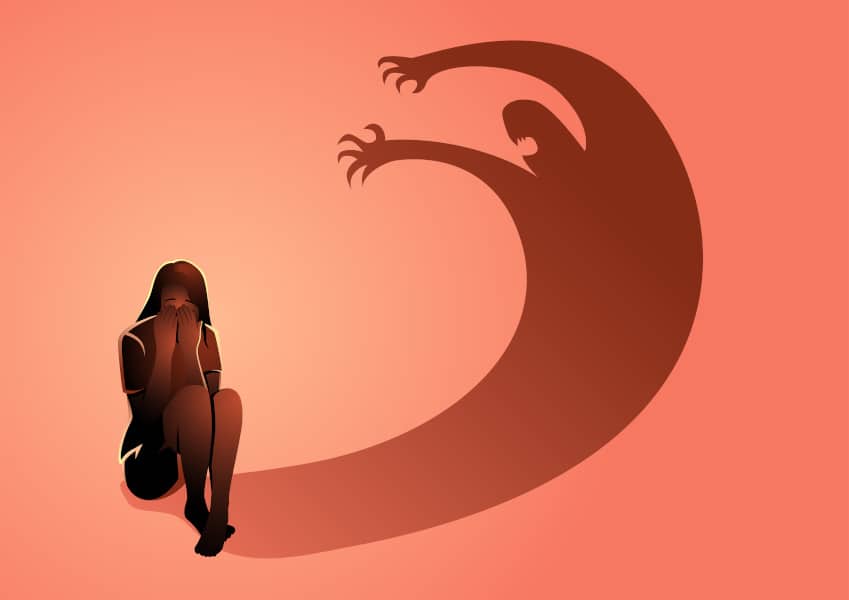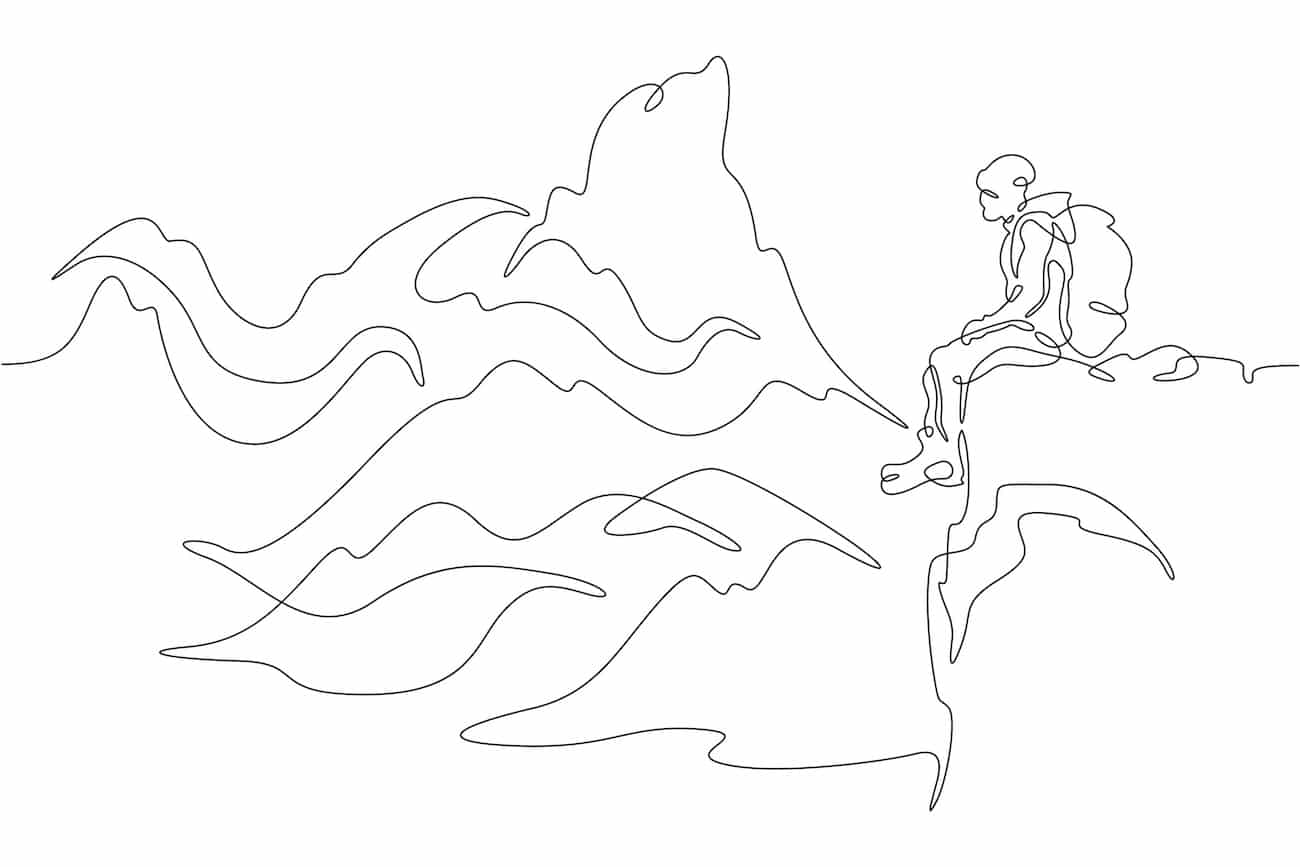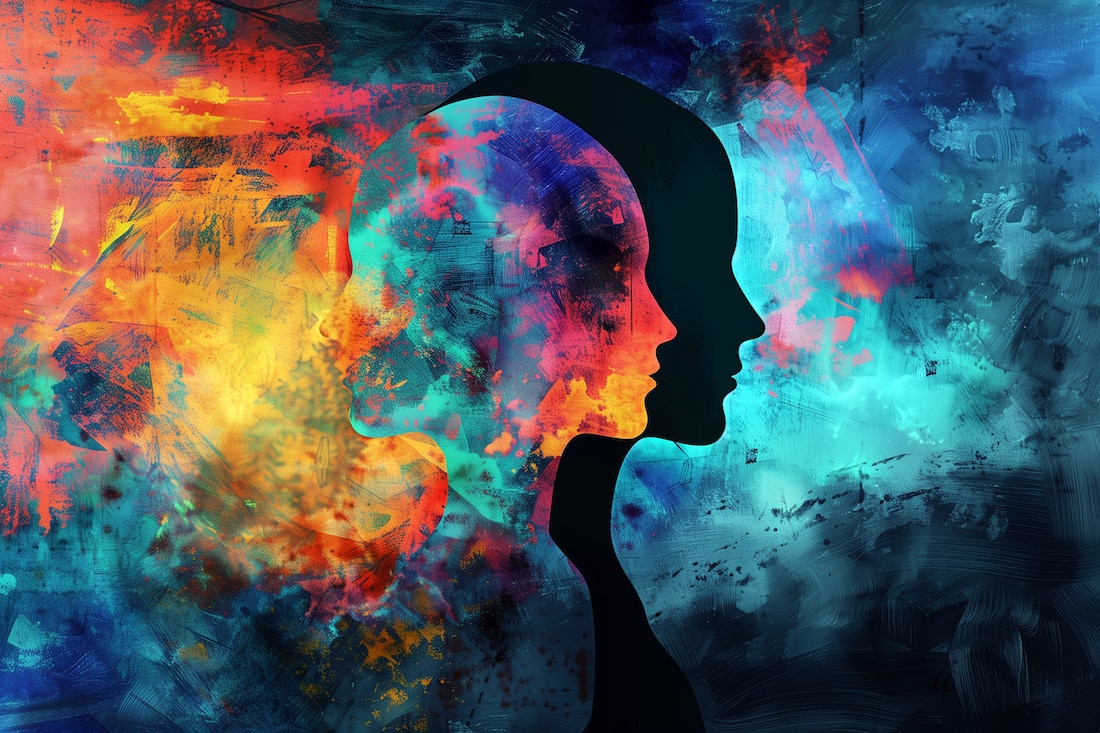People often use the terms “panic attack” and “anxiety attack” interchangeably. You might even find yourself wondering, “Is there a difference between the two?” Sure, they share some commonalities, but even if people treat the terms as if they’re the same, panic and anxiety are two distinct diagnoses. Each term has a specific meaning, and each condition has distinguishing characteristics.
What is the difference between panic and anxiety? What do anxiety attacks feel like, and what happens during a panic attack? Continue reading to learn more about panic attacks vs. anxiety attacks, how to identify each condition, how to differentiate them, and what to do if you think you may be experiencing panic attacks or anxiety disorder.
Panic vs. Anxiety Attack
Just because people use “panic attack” and “anxiety attack” interchangeably doesn’t mean they are the same thing. Clinicians diagnose conditions based on criteria outlined in the Diagnostic and Statistical Manual of Mental Disorders (DSM-5). Although the symptoms of a panic attack and an anxiety attack might feel similar, the DSM criteria provide a clear distinction between them.
The primary differences between panic and anxiety are the intensity of symptoms and the length of time the symptoms last.
Here are some of the differentiating features of each condition:
Panic Attack:
- Comes on suddenly
- Short-term; lasts for a few minutes
- Trembling or shaking
- Chest pain
- Hot flashes
- Feeling detached
Anxiety:
- Builds gradually
- Long-term; lasts for weeks or months
- Restlessness
- Fatigue
- Irritability
- Muscle tension
Panic Attack
A panic attack is the primary symptom of panic disorder. This diagnosable condition falls under the umbrella of anxiety disorders outlined in the DSM-5.1 Panic attacks may also occur as a symptom of another psychiatric disorder or even in someone with no psychiatric disorder. Panic attacks help clinicians diagnose individuals with panic disorder as well as other mental health disorders. The symptoms that make panic attacks distinct are:
- Derealization: a feeling of detachment from the world
- Depersonalization: a feeling of detachment from self
- Intense fear of losing control or dying
Anxiety
An “anxiety attack,” on the other hand, is not a symptom defined in the DSM-5. Anxiety is a group of symptoms that are characteristic of a collection of conditions known as anxiety disorders.2 This includes conditions such as:
- Generalized anxiety disorder
- Panic disorder
- Social anxiety disorder
- Phobia-related disorders
Anxiety includes symptoms like worry, nervousness, and restlessness, but not to the degree of a panic attack. It also comes on slower over time rather than all at once, and it is not coupled with the extreme fear and sense of detachment that are characteristic of panic attacks.
What Happens During a Panic Attack?
A panic attack is a sudden and intense surge of fear or discomfort that reaches a peak within minutes. Panic attacks cause several intense physical and psychological symptoms. According to the DSM-5, experiencing four or more of the following symptoms meets the criteria for a panic attack.
Physical Symptoms
- Racing heart
- Shortness of breath
- Trembling
- Sweating
- Chills
- Dizziness
- Weakness
- Chest pain
- Stomach pain
- Nausea
Psychological Symptoms:
- Feeling “unreal” (derealization)
- Feeling detached from oneself (depersonalization)
- Fear of impending doom
- Fear of losing control
- Fear of dying
Panic attacks can occur unexpectedly and with or without an obvious trigger. They can also be caused by a particular experience or linked to a specific situation. The symptoms of a panic attack are often so extreme that they cause severe disruption to a person’s personal and professional life.
Symptoms of a panic attack occur rapidly and intensely and typically peak within about 10 minutes. Most last between 5 and 20 minutes, but some may last longer. Some people also experience multiple panic attacks in succession, which makes it difficult to identify when one ends and the next begins.
What Do Anxiety Attacks Feel Like?
Again, while panic attacks are a recognized symptom in the DSM-5, anxiety attacks are not. Instead, anxiety is a collection of symptoms that are core components of a few types of anxiety disorders. These conditions affect about 19.1% of adults in the United States each year.3
Like panic attacks, anxiety also consists of various physical and psychological signs that intensify over a longer period of weeks or months. It involves excessive nervousness or worry about potential danger or threats, both real and perceived.
Physical Symptoms
- Increased heart rate
- Jumpiness
- Muscle tension
- Fatigue
- Dizziness
- Difficulties sleeping
Psychological Symptoms
- Excessive fear or worry
- Irritability
- Restlessness
- Difficulties concentrating
Although the physical and psychological symptoms of anxiety sound similar to those of a panic attack, they are less severe and more long-lasting. Anxiety symptoms persist for weeks or months and often get worse over time, especially when left untreated. They can also interfere with daily life at home, work, or school, and can affect interpersonal relationships.
Are You Struggling with Panic Attacks or Anxiety?
Again, one main difference when comparing panic vs. anxiety attacks is that panic attacks are recognized symptoms in the DSM-5 but anxiety attacks are not. Panic attacks are the primary symptom of panic disorder while anxiety symptoms are the criteria used to diagnose numerous anxiety disorders. The DSM-V outlines the criteria for each condition. This enables clinicians to identify, distinguish, and diagnose panic vs. anxiety attacks.
Do you feel like you may be struggling with panic attacks or anxiety? If you’ve dealt with some or all of the symptoms listed above and notice they affect your daily life, you might benefit from seeking treatment. Although there is no traditional “cure” for panic attacks or anxiety, both conditions are treatable with the right intervention and care.
Intensive outpatient programs are an excellent choice for anyone trying to balance treatment with existing responsibilities. If your panic attacks or anxiety are intense and disruptive enough, though, you may want to consider an inpatient treatment option.
Programs like those at Lifeskills South Florida offer a range of options to meet your needs, no matter the severity of your symptoms. Our individualized treatment options are tailored to meet you where you are and guide you along the path to healing. Call us at 954-953-1742 or submit an online contact form today to speak with an admissions specialist, learn more about your options, and determine which program is right for you today.
References
- National Institute of Mental Health. (2023). Anxiety Disorders.
- National Institute of Mental Health. (2022). Panic Disorder: When Fear Overwhelms.
- National Institute of Mental Health. (2022). Any Anxiety Disorder.




